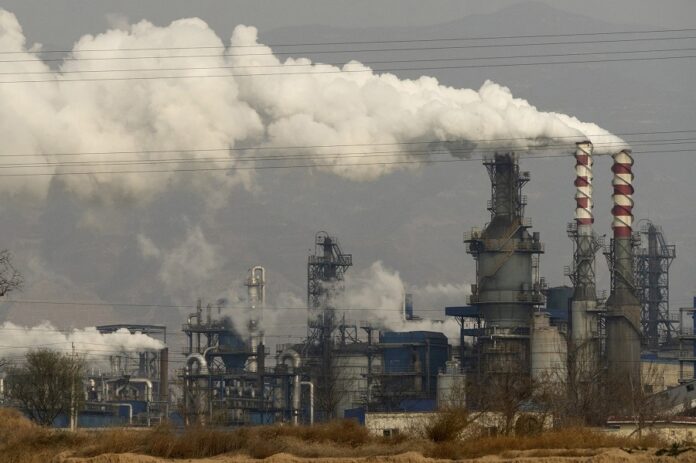The International Energy Agency on Tuesday accused fossil fuel industries of doing too little to curb methane emissions and undermining global climate goals to limit warming, according to AP news.
Economic uncertainty, high energy prices and concerns over the security of supply, which would have led to emissions cuts in 2022, were ineffective as methane emissions remained “stubbornly high,” the report said.
“Methane cuts are among the cheapest options to limit near-term global warming,” said IEA’s executive director Fatih Birol. “There is just no excuse.”
The IEA’s annual Methane Gas Tracker found that 75% of methane emissions from the oil and gas sector can be reduced with far cheaper and readily available technologies.
Methane, which makes up natural gas, can escape into the air from oil and gas infrastructure. Fossil fuel companies may also flare or burn off excess gas that can release methane into the atmosphere.
The report slammed oil and gas majors’ refusal to pay up the some $100 billion needed for technologies to spearhead the emissions cuts, which is less than 3% of the industry’s record bumper profits made last year.
The report said that the energy sector accounts for around 40% of the total average methane emissions from human activity, second to agriculture, and is responsible for 135 million tons of methane released into the atmosphere last year.
“The untamed release of methane in fossil fuel production is a problem that sometimes goes under the radar in public debate,” Birol said. “Fossil fuel producers need to step up and policy makers need to step in – and both must do so quickly.”
Limiting emissions from coal mines — another source of methane — by reducing coal consumption was also highlighted in the report. A toolkit and regulatory roadmap for policy makers and industry on coal methane reductions has been developed by the IEA.
Methane is a greenhouse gas which is 80 times more potent than carbon dioxide in the short term and is responsible for about a fifth of all warming. In 2021, world leaders committed to reducing methane emissions from human activities by 30% by the end of the decade.
New advanced technologies and satellites are providing clearer methane emissions images increasing the world’s knowledge of emission sources.


